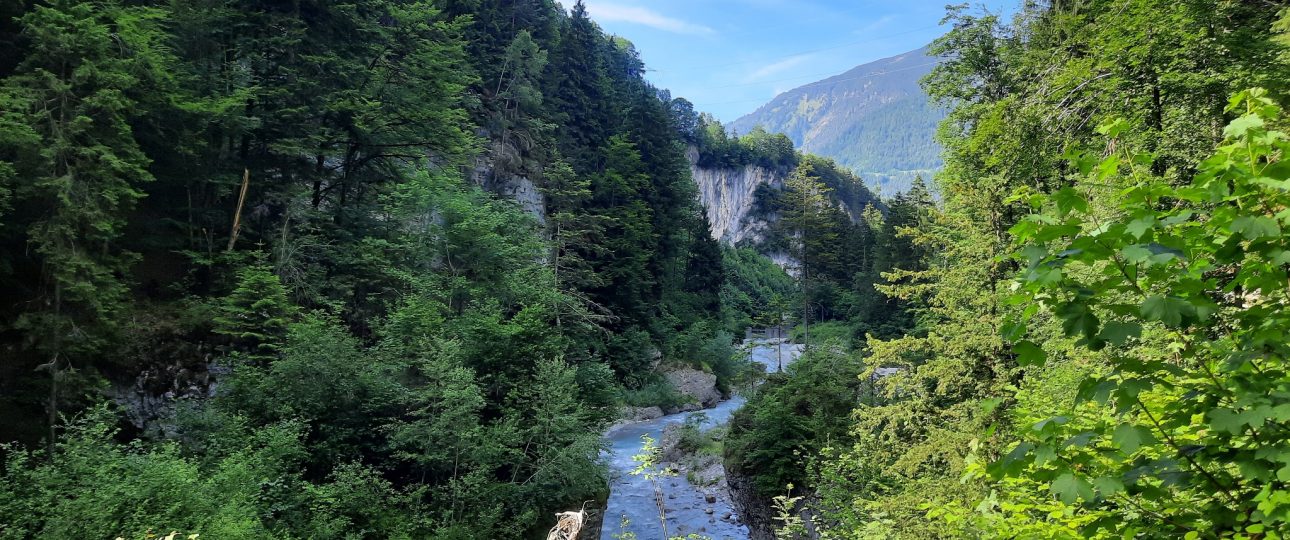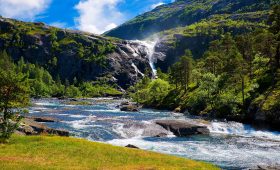Bürser Schlucht: Exploring Austria’s Natural Wonder
Discovering Bürser Schlucht
Bürser Schlucht, or Bürs Gorge, is a striking natural landscape in western Austria. This gorge, shaped over the last 10,000 years by the Alvier stream, offers a glimpse into the earth’s recent geological history. The area is characterized by its rugged cliffs, dense tree population reminiscent of a primeval forest, and a unique atmosphere that blends geology, history, and untouched nature.
The Best Time to Visit
Spring and summer are ideal for visiting Bürser Schlucht. During these months, the weather is mild, and the flora is vibrant. However, each season offers its own appeal, with autumn showcasing a tapestry of colors and winter providing a serene, snow-covered landscape.
How to Get There
The nearest major airport is Innsbruck Airport, approximately 120 kilometers away. From there, you can rent a car or take a train to reach Bürser Schlucht. If you’re already in Austria, consider a scenic drive through the countryside. Public transport is also an option, with the Landbus L580 stopping at “Brand Palüdbahn.” If you have the Brandnertal, Bludenz, Klostertal Guest Card, or the Premium Guest Card, public transport is free.
Local Transportation
Exploring Bürser Schlucht is best done on foot. The gorge features well-marked hiking trails that span about 5 kilometers, taking roughly two hours to complete. Wear sturdy shoes and bring water, as some sections can be challenging. For those who prefer cycling, there are paths suitable for bikes, allowing you to cover more ground at your own pace.
Notable Features
- Geological Insights: The gorge offers fascinating insights into the earth’s history, with its rock formations and the path carved by the Alvier stream.
- Flora and Fauna: The area is home to diverse plant and animal life, making it a haven for nature enthusiasts.
- Refreshment Stops: After your hike, you can find inns in Bürs and Bürserberg to relax and enjoy local cuisine.
While Bürser Schlucht offers a remarkable natural experience, be prepared for the physical demands of hiking and the potential for unpredictable weather. Plan accordingly to make the most of your visit to this extraordinary Austrian landscape.




